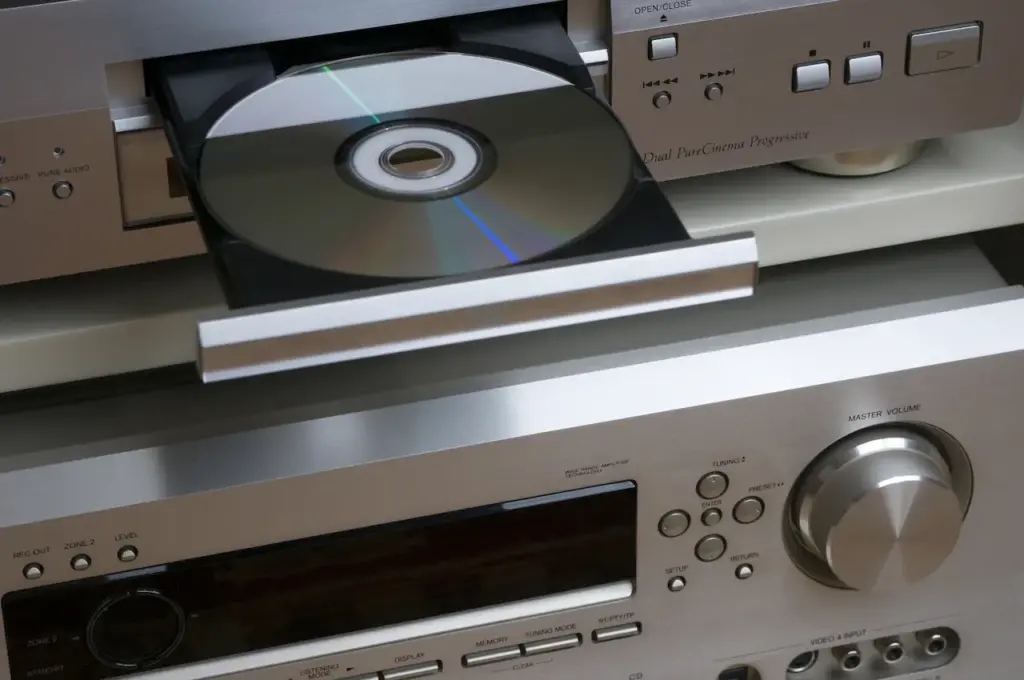In another 50 years, film documentary projects like this one may be all we have to remind us of much of the wildlife that now exists on the planet. We should all be grateful to the BBC and its many film teams for this painstaking, panoramic and loving group portrait of our world’s wild creatures.

Series Brings Vanishing Wild Places And Wild Creatures Into the World’s Living Rooms
BY PAUL GUERNSEY
It is a bittersweet irony that, even as much of our wildlife dwindles toward extinction, people around the world can get visually closer to wild animals, and to a greater variety of wild animals, than at any other time in history. That’s because filmmaking and editing technology, combined with the 21st-century ease of travel, allow contemporary wildlife cinematographers to create breathtaking, intimate and informative documentaries—the best that has ever been filmed—by focusing on the shrinking remnants of formerly vast and pristine ecosystems.
The BBC television series, “Life,” which aired in the US in March and was recently released on DVD, is a case in point. I don’t think I’ve ever seen a better or more ambitious wildlife series. This is in part a testament to the dedication and expertise of the dozens of film crews that the BBC sent around the globe to shoot wildlife footage in many of the planet’s most remote locations. But I’m grateful to the BBC itself for undertaking a project of this scope, with all its attendant logistics, liabilities and massive expenses. What they’ve accomplished is to document for future generations a world that is being lost, and the value of that accomplishment goes far beyond whatever it costs to create it, and whatever revenues it may bring to its maker.
The massive effort that the BBC put into making “Life” spanned 3 years and 3,000 shooting days on 7 continents. There were 70 film crews involved in capturing the life stories of 200 species, from the smallest insects to the largest mammals—ants, apes, orcas and, seemingly, just about everything else a wildlife lover would be interested in learning about.
In fact, my favorite “Life” episode was the one in which the filmmakers revealed the challenges—both natural and technical—of capturing compelling footage of animals interacting with each other as well as with their environments. One two-man crew spent five weeks on a remote Indonesian island in order to film a lumbering, slobbering death squad of giant Komodo dragons as they patiently stalked a wounded water buffalo. The astonishing segment on monarch butterflies in Mexico required two weeks, a dozen people and the construction of an elaborate track system on which a camera could coast through the treetops. The making of the plant episode probably presented the greatest technical challenges, with the filmmakers reconstructing an entire patch of temperate countryside inside of a film studio in order to conduct seamless time-lapse photography of flower, shrub and vine growth without the interference of such natural elements as harsh weather and variations in ambient light.

Although each “Life” episode depicts extraordinary, riveting behaviors on the part of individual living things, the filmmakers, speaking through the voice of Oprah Winfrey, repeatedly take pains to point out that everything they’re showing us is really part of a single story—the story of life on Earth. As fascinating, shocking, bizarre or endearing as each creature’s actions and appearance might seem to the viewer, in each instance there is invariably only one of two simple explanations behind them: Survival or Procreation.
And no matter what species you’re talking about, including our own, that’s the way it’s always been, here on planet Earth.
The “Life” series comes in a boxed set of four DVD’s containing the 10 original episodes, plus two bonus episodes, of which “The Making of Life” is one. Retail price is around $40.